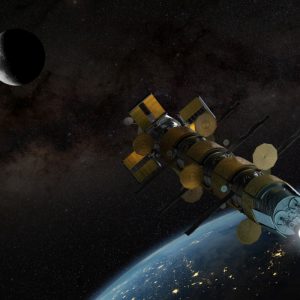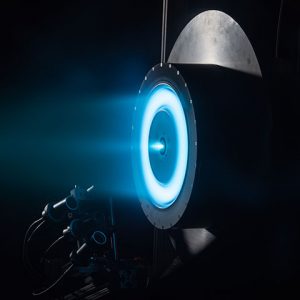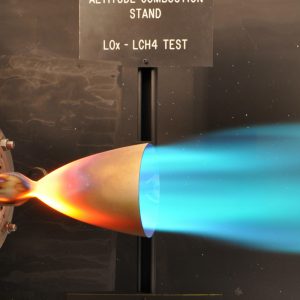
Nuclear Thermal Propulsion Systems
Leading research, testing and analysis to support the development of nuclear thermal propulsion for spacecraft and vehicles.
Developing capabilities to support NASA’s mission to take astronauts to a variety of deep-space destinations, through innovations in propellant management and chemical, electric and nuclear propulsion technology.

Leading research, testing and analysis to support the development of nuclear thermal propulsion for spacecraft and vehicles.

“Following the light of the sun, we left the Old World.” —Inscription on Columbus’ ships

Designing and testing chemical propulsion systems and nuclear thermal engines for satellites and spacecraft, in support of NASA’s space exploration missions.